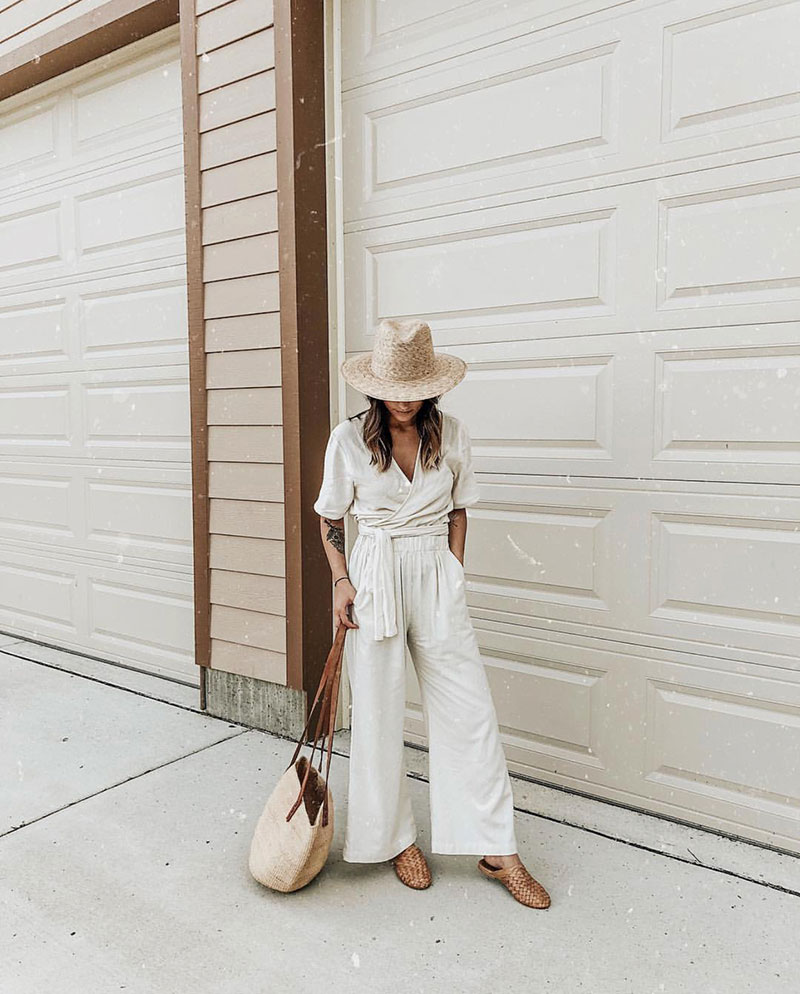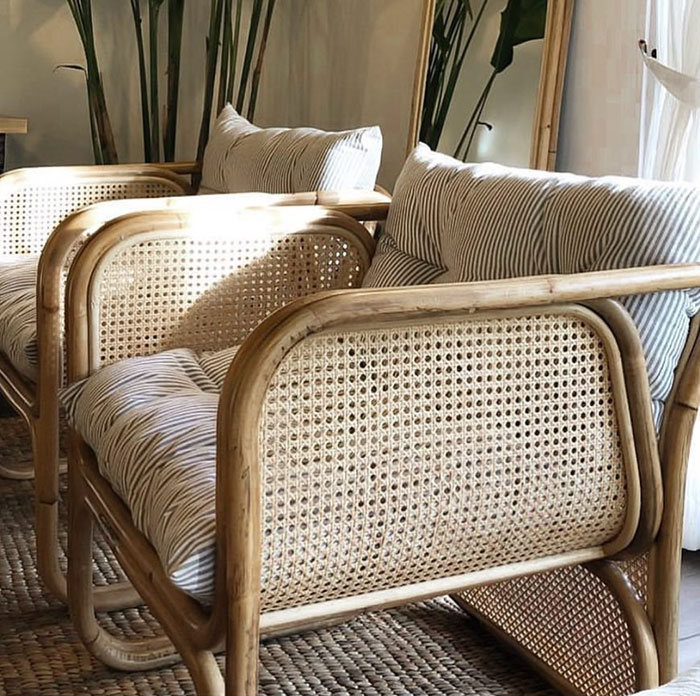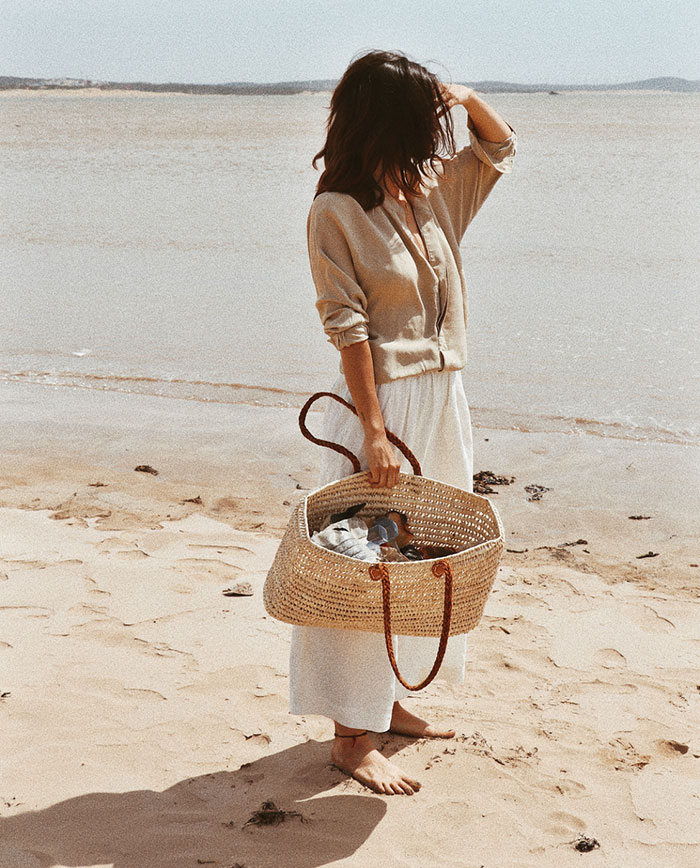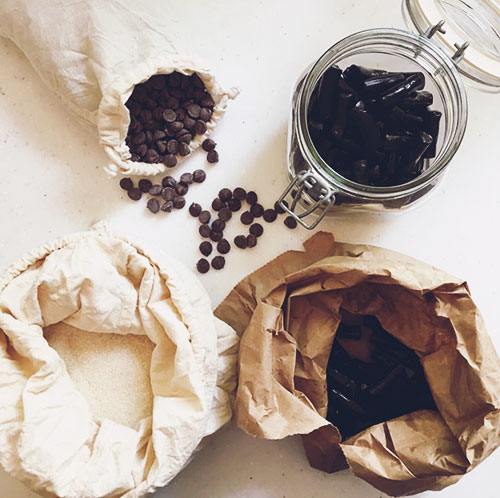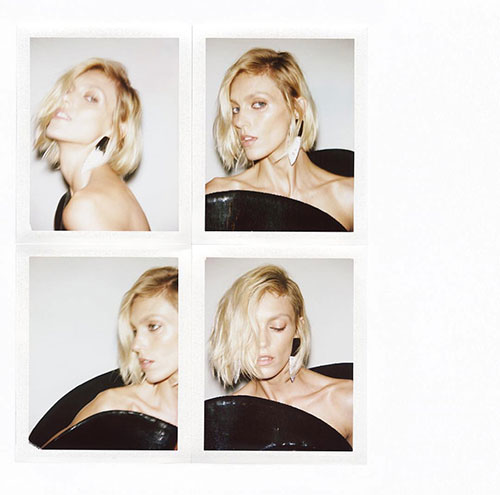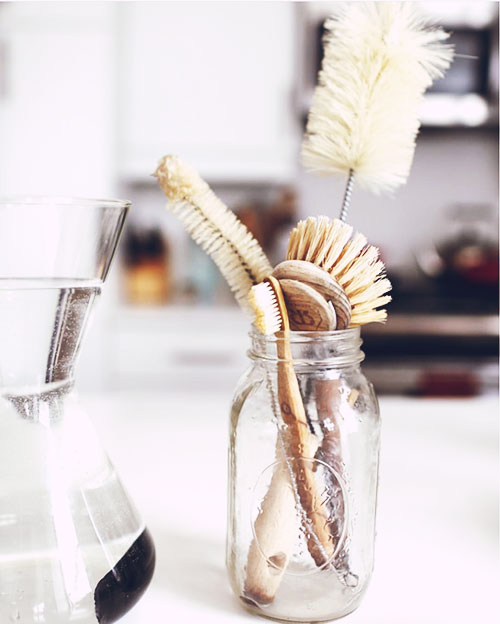I live and work in an atmosphère where consumerism is intensive, where Buy More is our daily motivation, and where there are so few reminders of the fact that clothing manufacturing is one of the most harmful sources to the environment. Fast fashion is the response to the constant need of buying and renewing. Sustainable fashion is the idea of taking more responsibility for sustainability, and looking at the ecological issues caused by the fashion industry and its impact on the environment.
We cannot change what happens in the whole world, but we can change how we live and what we personally do, by changing our own lifestyles to help our environment. Today, it is easier to think with an ecological mindset thanks to all the people who use their social platforms to discuss issues of sustainability in fashion, posting reminders about the plastic problem, about our oceans.
It takes a lot of courage to became a person of influence by communicating the notion of buying less and living more minimally, but if you also have the desire to live a more sustainable lifestyle, here is some great information to get you started.
“So what can we do as consumers?
Amy Powney, Creative Director, Mother of Pearl: “I wish it was as simple as saying, ‘shop here’ or ‘stop doing this’, in order to be more sustainable, but it’s much more complicated than that. For consumers, I think the number one message I could give anybody in terms of how to be a more sustainable shopper is to buy less cheap and more quality. Go back to that old-school way of thinking of an investment purchase, things that you’ll keep for a really long time and treasure and wear over and over.” —Vogue Australia
“If you want to support a small sustainable designer, buy a piece because you love their work and vision. Just don’t expect it to change the world”, says Linda Greer, a scientist at the Natural Resources Defense Council.
“Why should a brand listen to you if you tell them, “I’ve never shopped here and never will?” It’s more powerful to tweet or email the company and say “I will buy from you again if you take steps to fix this.” Then you’re dangling a carrot for change right in front of them.” —Refinery29
Says Marie-Claire Daveu, chief sustainability officer at Kering: “If we really want to improve our business model, we need to trace our supply chain right back to the raw materials. For example, many of our brands – from Bottega Veneta to Saint Laurent – work with leather, so we developed a metal-free tanning process which is more environmentally friendly as it reduces pollution as well as water and energy consumption. If our aim is to protect the planet and we only look within our own operations, we aren’t doing our job – the whole supply chain has to be taken into account.” —British Vogue
In producing just one pair of jeans, around 2,000 gallons of water are consumed. To achieve the perfect wash, at least 50 tons of synthetic indigo dye goes into our oceans, rivers, lakes and other bodies of water. [Forbes]
If you wish to be more informed on the topic of sustainability, here are a few ways you can keep yourself updated on what happens behind the brands…
• https://apparelcoalition.org — an industry coalition of brands who want to improve their sustainability
• Good on You App — makes checking a brand for its impact on people, the planet and animals incredibly easy
And here are a few Instagram accounts that blend their artistic creativity with an ecological lifestyle:
And these as well:
@1618paris
@aitch_aitch
@christina.kra.mer
@stylemesusitainable
@juniperandbliss
@mianqa_official
Follow us on Instagram @thisisglamorous
[instagram-feed]


